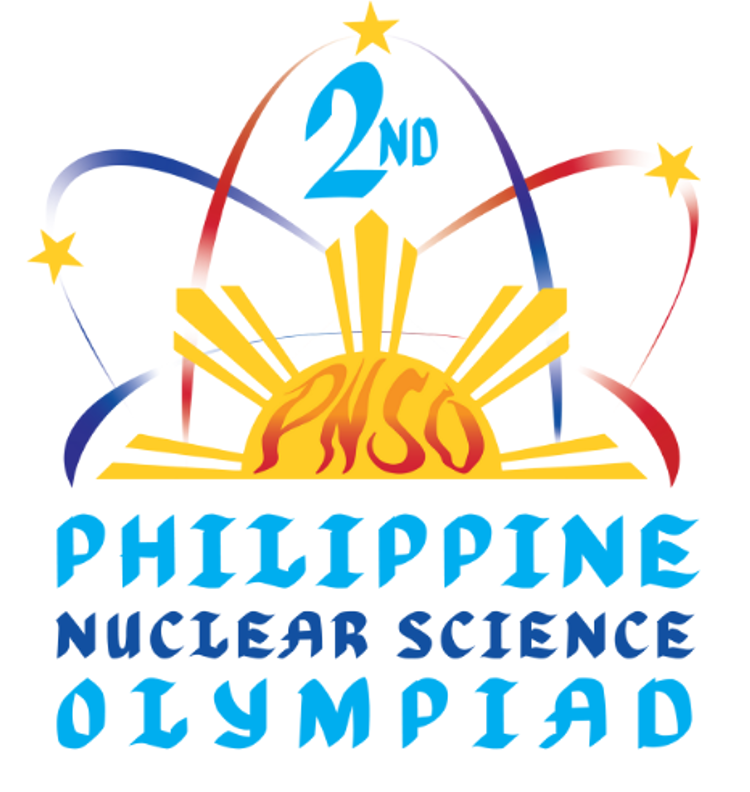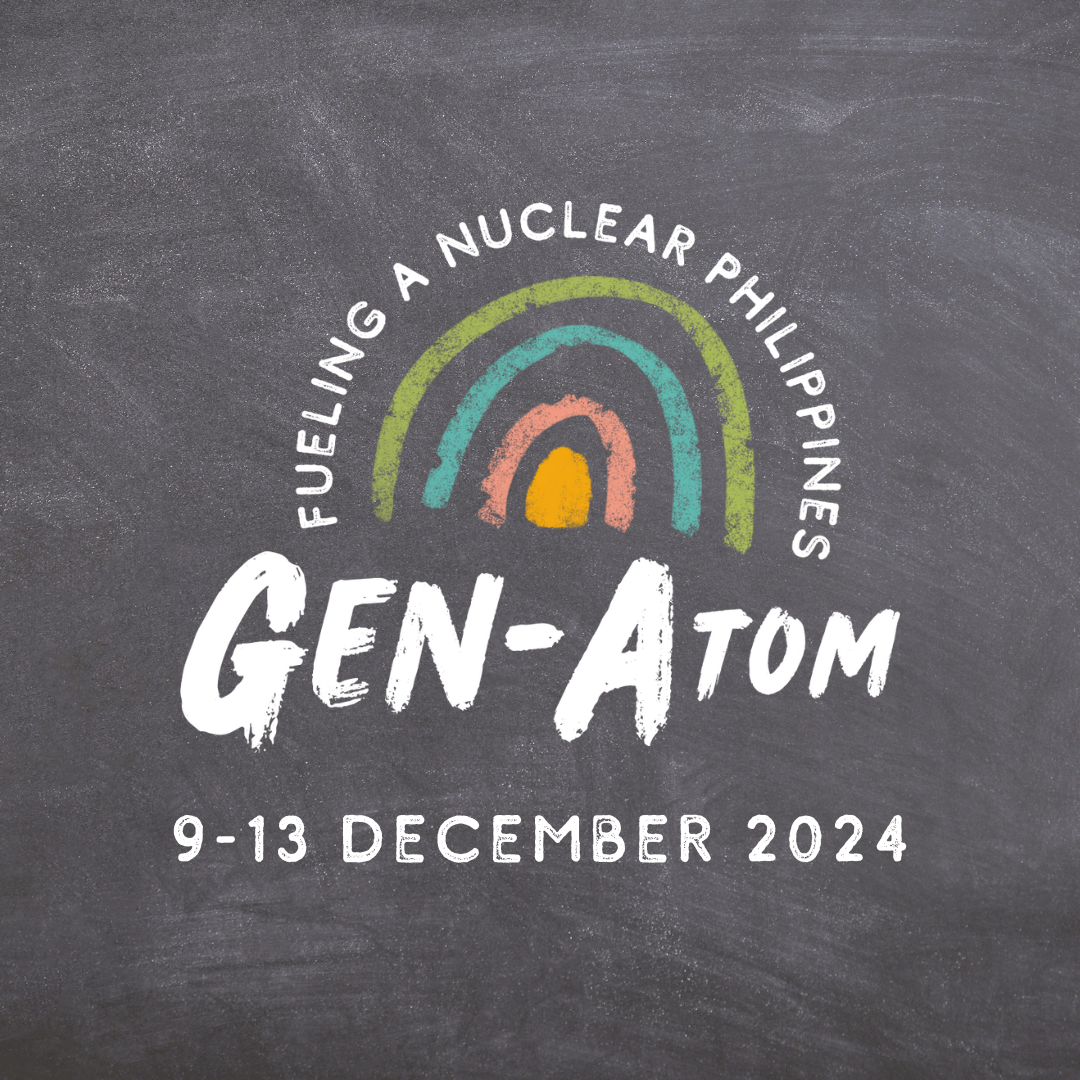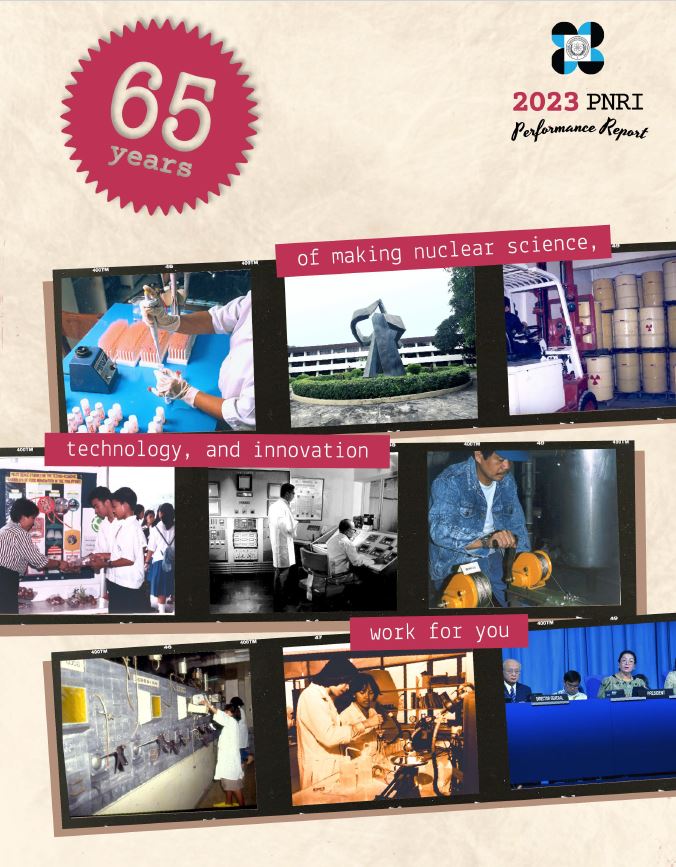

Using a microscope, PNRI researchers analyze blood samples for the presence of dicentric chromosomes which are telltale signs of radiation exposure
Researchers Analyze Chromosomes for Radiation Safety and Nuclear Emergencies
To ensure the safety of workers occupationally exposed to radiation in various sectors, PNRI researchers continue to study blood samples for any signs of radiation exposure beyond the allowable regulatory limits.
Cytogenetic biodosimetry involves the analysis of chromosomes in white blood cells to see if there are any aberrations that would serve as signs of radiation damage.
Most chromosomes look like the letter “X”, consisting of two arms connected by one centromere, but dicentric chromosomes instead have two centromeres which means that they are affected by ionizing radiation.
Many medical and industrial professionals wear dosimeters to monitor their exposure, but analyzing chromosomes provide a more direct assessment of the effects of radiation in a person’s body.
Cytogenetics can also be used in emergency preparedness and response. Researchers can assess the absorbed radiation doses of people who are involved in nuclear or radiological incidents.












































